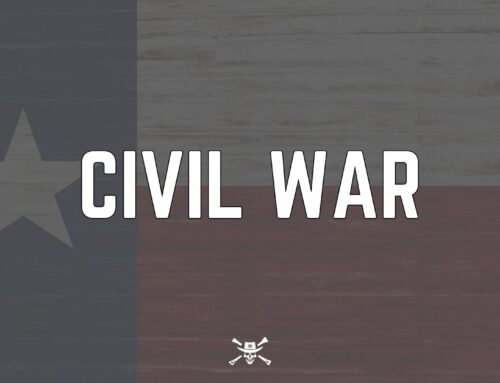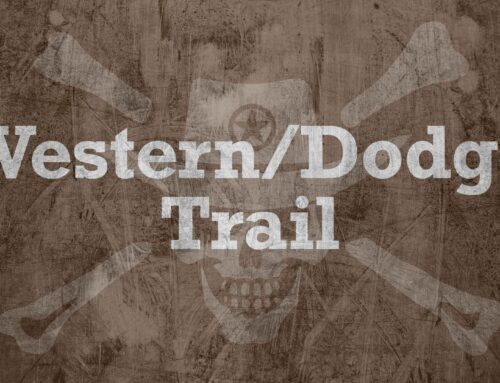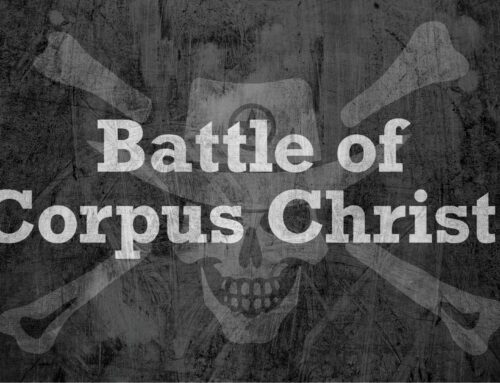The Battle of Galveston: A Key Confederate Victory (January 1, 1863)
Introduction
The Battle of Galveston, fought on January 1, 1863, was a key Confederate victory during the American Civil War. This battle took place in the port city of Galveston, Texas, where Confederate forces successfully reclaimed the city from Union occupation. The battle showcased the resilience and strategic capabilities of the Confederate forces and played a significant role in the control of the Texas coastline.
Background of the Battle
Strategic Importance of Galveston
Galveston, located on the Gulf of Mexico, was a crucial port for the Confederacy. Its harbor facilitated the transport of goods and supplies essential for the Confederate war effort. Control of Galveston allowed for the movement of cotton exports and the import of military supplies, making it a strategic target for both the Union and the Confederacy.
Union Strategy and Objectives
In October 1862, Union forces captured Galveston, aiming to tighten the blockade on Confederate ports and disrupt supply lines. The Union’s strategy involved maintaining a strong naval presence to control the harbor and prevent Confederate access. By holding Galveston, the Union sought to cripple the Confederate economy and diminish their ability to wage war.
Preparations and Mobilization
Confederate Forces and Leadership
The Confederate forces involved in the Battle of Galveston were commanded by Major General John B. Magruder. Recognizing the strategic importance of Galveston, Magruder devised a bold plan to recapture the city. The Confederate force comprised about 1,500 men, including infantry, artillery, and a small naval contingent. Magruder’s plan involved a combined land and naval assault to surprise and overwhelm the Union defenders.
Union Forces and Strategy
The Union garrison in Galveston was commanded by Colonel Isaac S. Burrell. The Union force consisted of about 260 men from the 42nd Massachusetts Infantry Regiment, supported by six gunboats in the harbor: USS Harriet Lane, USS Westfield, USS Owasco, USS Clifton, USS Sachem, and USS Corypheus. The Union strategy focused on maintaining naval superiority to defend the city against Confederate attacks.
The Day of the Battle: January 1, 1863
Initial Confederate Assault
In the early hours of January 1, 1863, General Magruder launched his assault on Galveston. The Confederate plan involved two prongs: a land assault on the Union positions in the city and a naval attack on the Union gunboats in the harbor. Magruder’s forces crossed a railroad bridge into Galveston, surprising the Union defenders.
Land Engagement
On land, Confederate infantry and artillery engaged the Union forces in a fierce battle. The Confederates, utilizing artillery and infantry charges, quickly gained the upper hand. The Union troops, taken by surprise and outnumbered, retreated to the wharves, where they sought refuge on the Union gunboats.
Naval Engagement
Simultaneously, the Confederate naval contingent, including the cottonclads CSS Bayou City and CSS Neptune, moved to engage the Union gunboats. The Confederate ships, reinforced with cotton bales for protection, targeted the Union flagship, USS Harriet Lane. After a fierce naval engagement, the Neptune was damaged and sank, but the Bayou City successfully boarded and captured the Harriet Lane.
Turning the Tide
The capture of the Harriet Lane was a significant turning point in the battle. The remaining Union gunboats, unable to provide effective support, began to withdraw. The USS Westfield, attempting to avoid capture, ran aground and was later destroyed by its crew to prevent it from falling into Confederate hands.
The Aftermath of the Battle
Union Withdrawal and Casualties
Following the Confederate victory, the remaining Union forces in Galveston, including the garrison and naval personnel, were captured or forced to withdraw. The Union suffered approximately 150 casualties, including killed, wounded, and captured. The Confederate forces sustained around 26 casualties.
Confederate Victory and Control
The Confederate victory at Galveston secured control of the vital port city, allowing the Confederacy to maintain a crucial supply line and continue its war efforts. The recapture of Galveston was a significant morale boost for the Confederacy and demonstrated their ability to reclaim strategically important locations.
Strategic Impact
The battle had a lasting impact on the control of the Texas coastline. The Confederate hold on Galveston allowed for the continued export of cotton and import of supplies, providing much-needed resources for the Confederate war effort. The Union blockade of the Gulf Coast was weakened, allowing the Confederacy to exploit this strategic advantage.
Legacy and Commemoration
The Battle of Galveston is remembered as a key Confederate victory and a testament to the resilience and determination of the Confederate forces. The battle is commemorated through historical markers, reenactments, and educational programs, highlighting its significance in the broader context of the Civil War.
Legacy of the Battle of Galveston
Historical Significance
The Battle of Galveston holds a significant place in the history of the Civil War. It marked a key engagement in the struggle for control over the Gulf Coast and demonstrated the importance of combined land and naval operations. The battle showcased the strategic capabilities of the Confederate forces and their ability to reclaim vital positions.
Cultural Impact
The legacy of the Battle of Galveston is deeply ingrained in Southern culture. The courage and determination of the Confederate defenders are celebrated in folklore, literature, and popular culture. The battle serves as a symbol of the South’s resilience and the strategic importance of coastal defenses.
Modern Reflections
Today, the Battle of Galveston is viewed with a sense of historical pride and reflection. It serves as a reminder of the challenges and sacrifices faced by both sides during the Civil War. The battle’s legacy is honored through education, preservation, and public commemoration.
Conclusion
The Battle of Galveston, fought on January 1, 1863, was a key Confederate victory during the American Civil War. Despite being heavily outnumbered, the Confederate forces successfully recaptured the port city from Union occupation, demonstrating their strategic capabilities and resilience. The battle had a significant impact on the control of the Texas coastline and provided a crucial morale boost for the Confederacy.
By exploring the history and impact of the Battle of Galveston, we gain a deeper appreciation for the courage and determination of those who fought in the Civil War. The story of this battle underscores the importance of strategic planning, leadership, and the enduring spirit of determination that continues to define American history.





